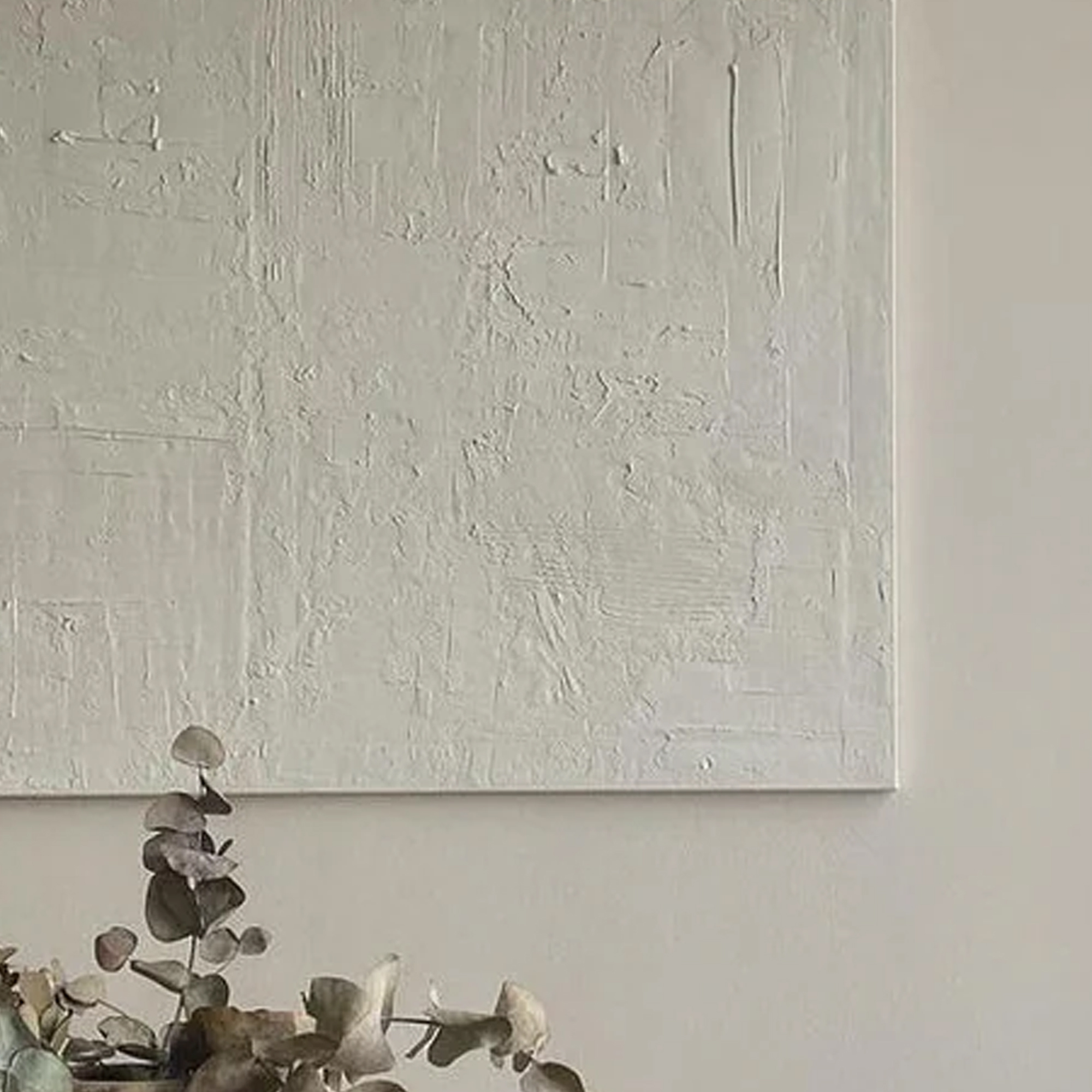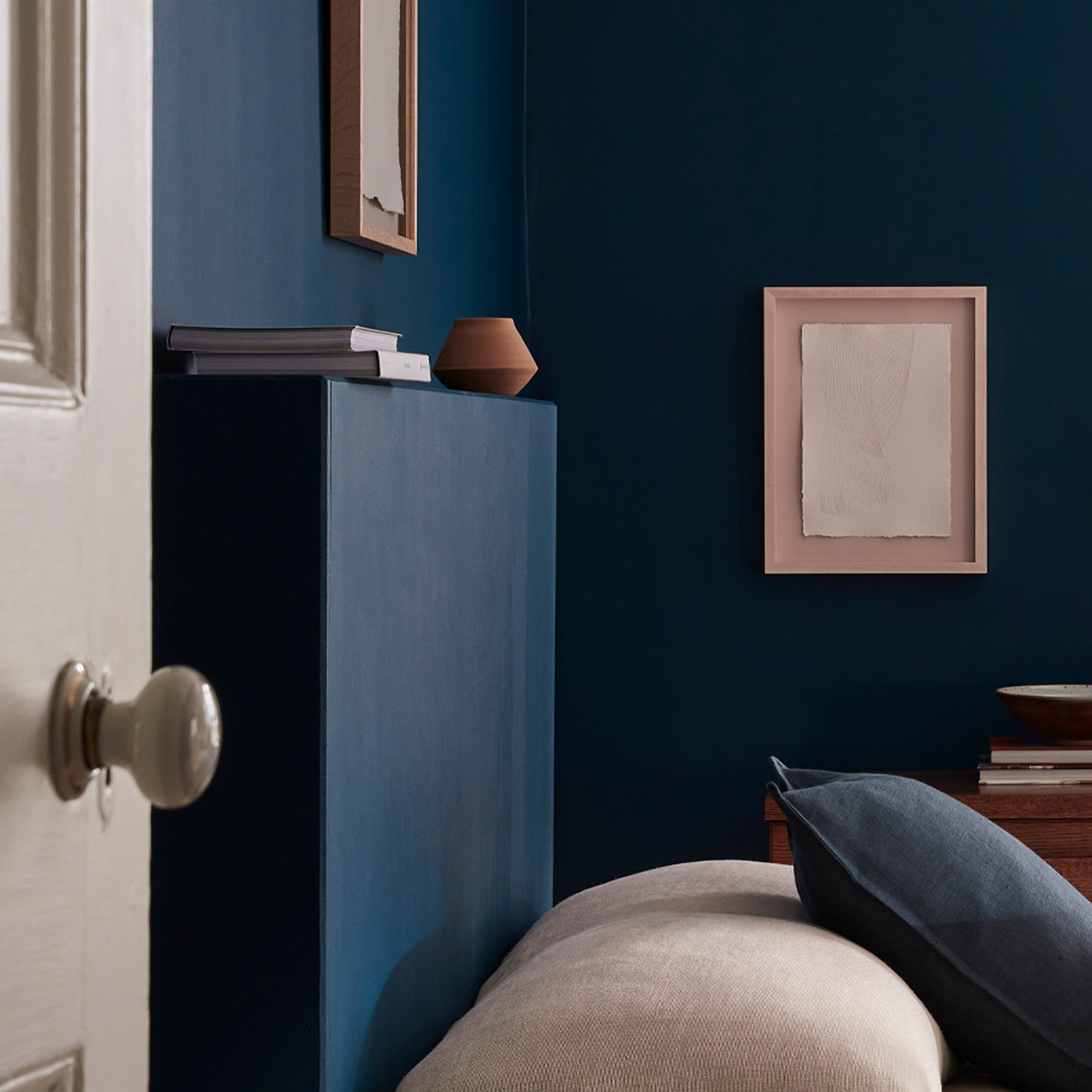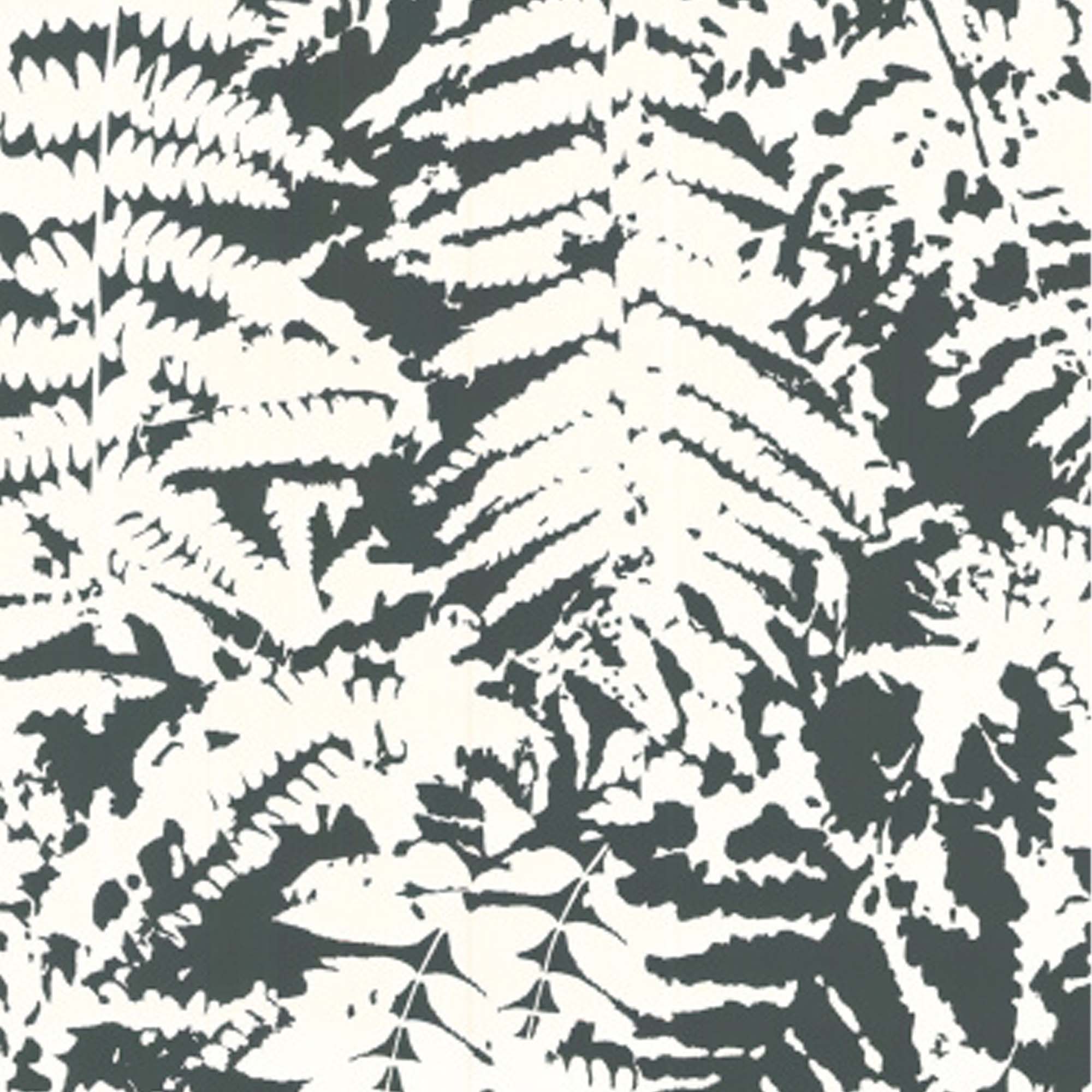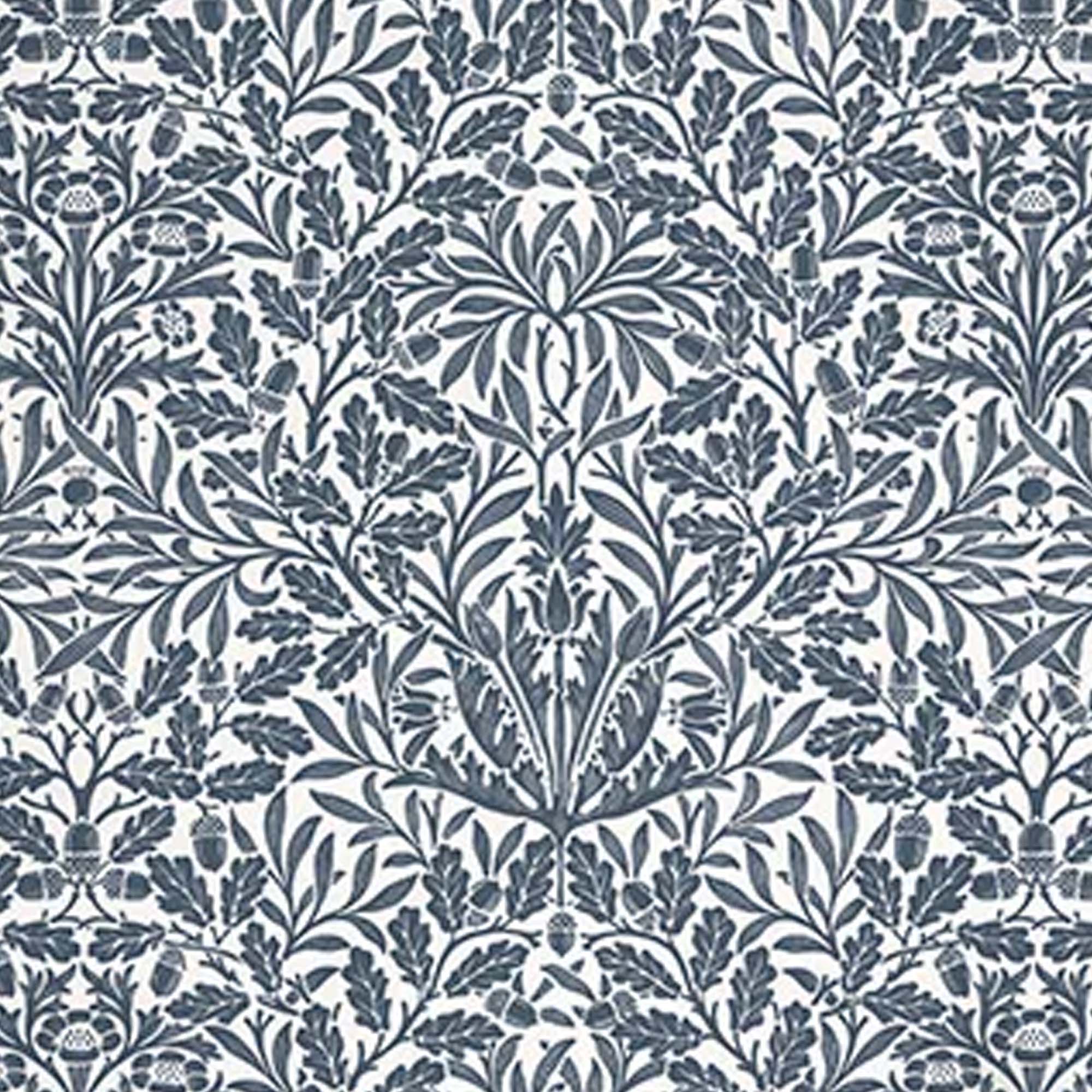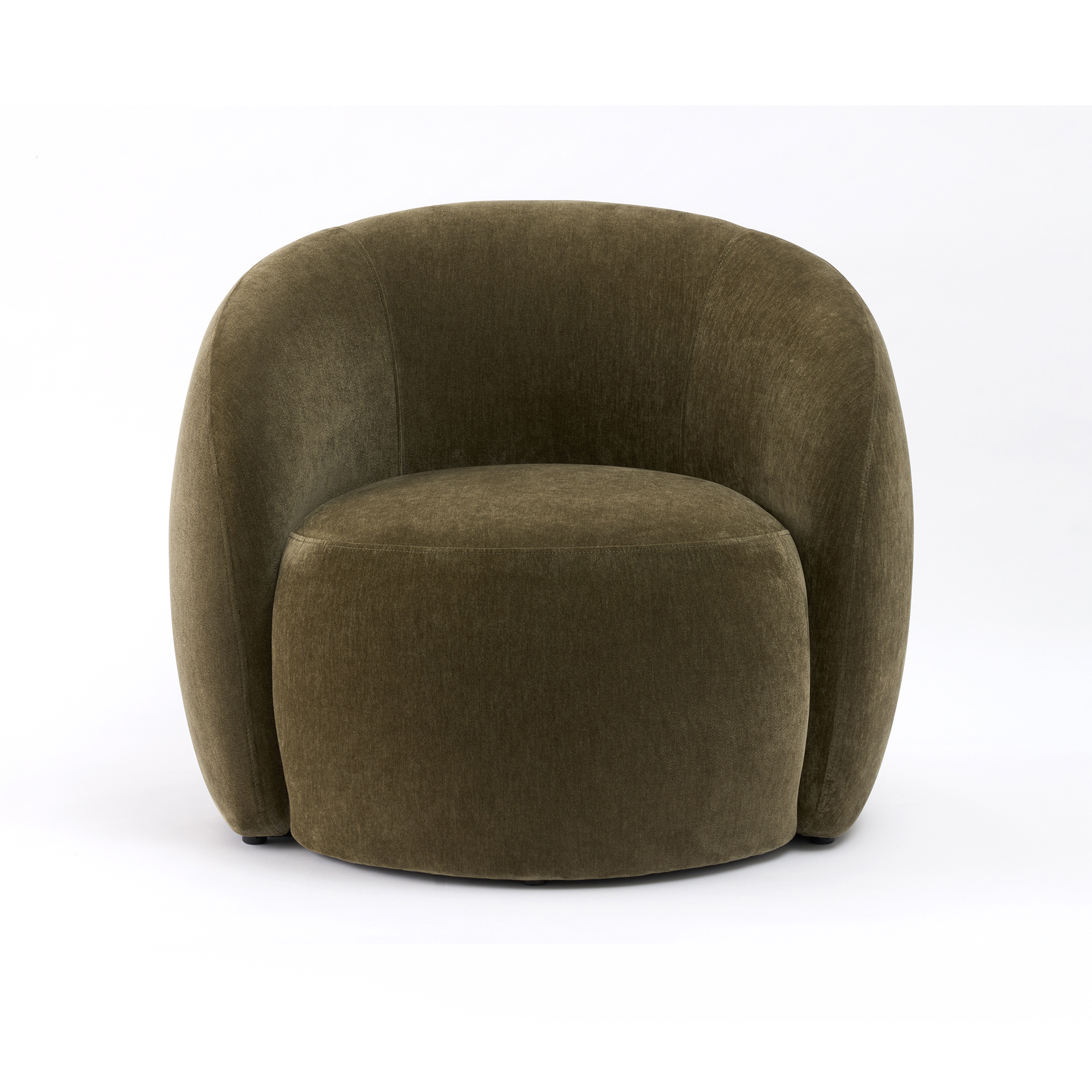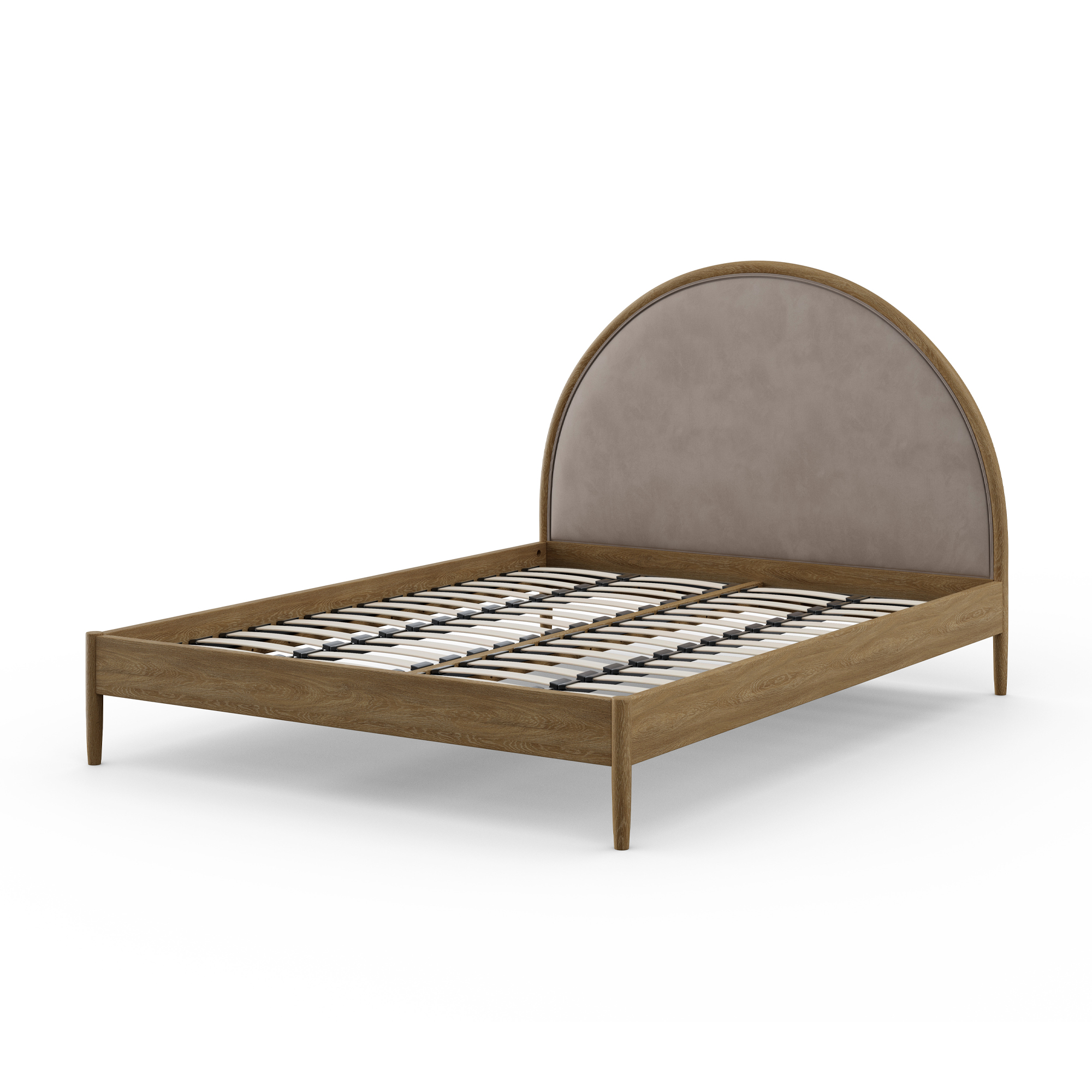Biophilic bedrooms are the new trend proven to help you switch off and relax – these 7 ideas show how easy it is to add to your sleep space
The decorating trend interior experts say is proven to lower your stress levels
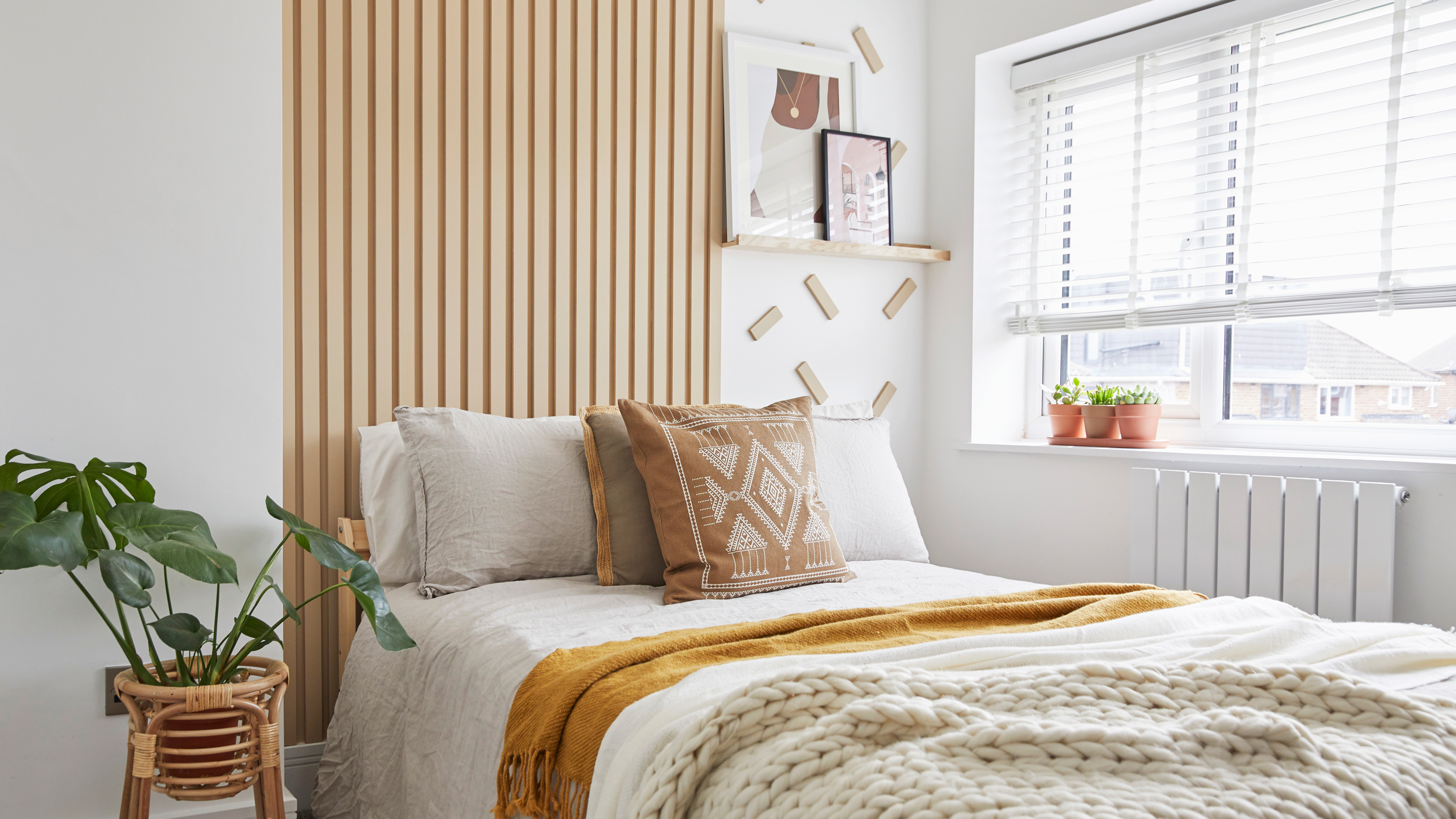

Sleep is vital to our well-being, and our bedrooms should help us to sleep better. A bedroom needs to be a sanctuary; a safe space we can retreat to to escape from the world, somewhere we can relax, unwind, let go of the day, and ultimately, rest.
However, in reality, our busy lives and day-to-day stressors mean many of us have problems switching off and relaxing at night.
This is exactly where biophilic bedroom design can help. The terminology may sound a little complicated, but in practice, biophilic design ideas couldn't be simpler.
It's all about tapping into our innate connection to nature, and using the soothing rhythms of natural forms, patterns, and colour to ground, calm, and regulate our nervous systems. No wonder it's tipped to be one of the biggest bedroom trends of the year.
What is biophilic bedroom design?
'Biophilic design is when you strive to achieve a connection with nature inside your home, by incorporating natural elements,' explain interior stylists Laurie Davidson and Réli Farjon of the Style Makers. 'It's especially important in a bedroom as your sleep space is where you want to feel calm and at ease – and nature is proven to lower your stress levels.'
'Biophilic design is all about creating a connection between your space and the natural world,' agrees Rob Abrahams, co-founder of paint brand COAT. 'In a bedroom, this approach works wonders – it’s calming, grounding, and helps you switch off properly at the end of the day.'
‘The spaces we inhabit can have a deep impact on our mental, physical, and emotional states,’ confirms interior designer and biophilic expert Oliver Heath.
Get the Ideal Home Newsletter
Sign up to our newsletter for style and decor inspiration, house makeovers, project advice and more.
'As human beings, we're part of nature, and we’ve evolved in close connection to nature. As modern-day humans, we still find the forms, patterns, and textures of the natural world comforting, calming, and restorative. Biophilic design harnesses the positive feelings we experience when we’re immersed in nature, and brings them indoors, and into our homes.'
How to add biophilic design to your bedroom
Here are seven easy ways to add biophilic design to your bedroom to create a calm, grounded, and more restorative sleep space.
1. Use colours inspired by nature
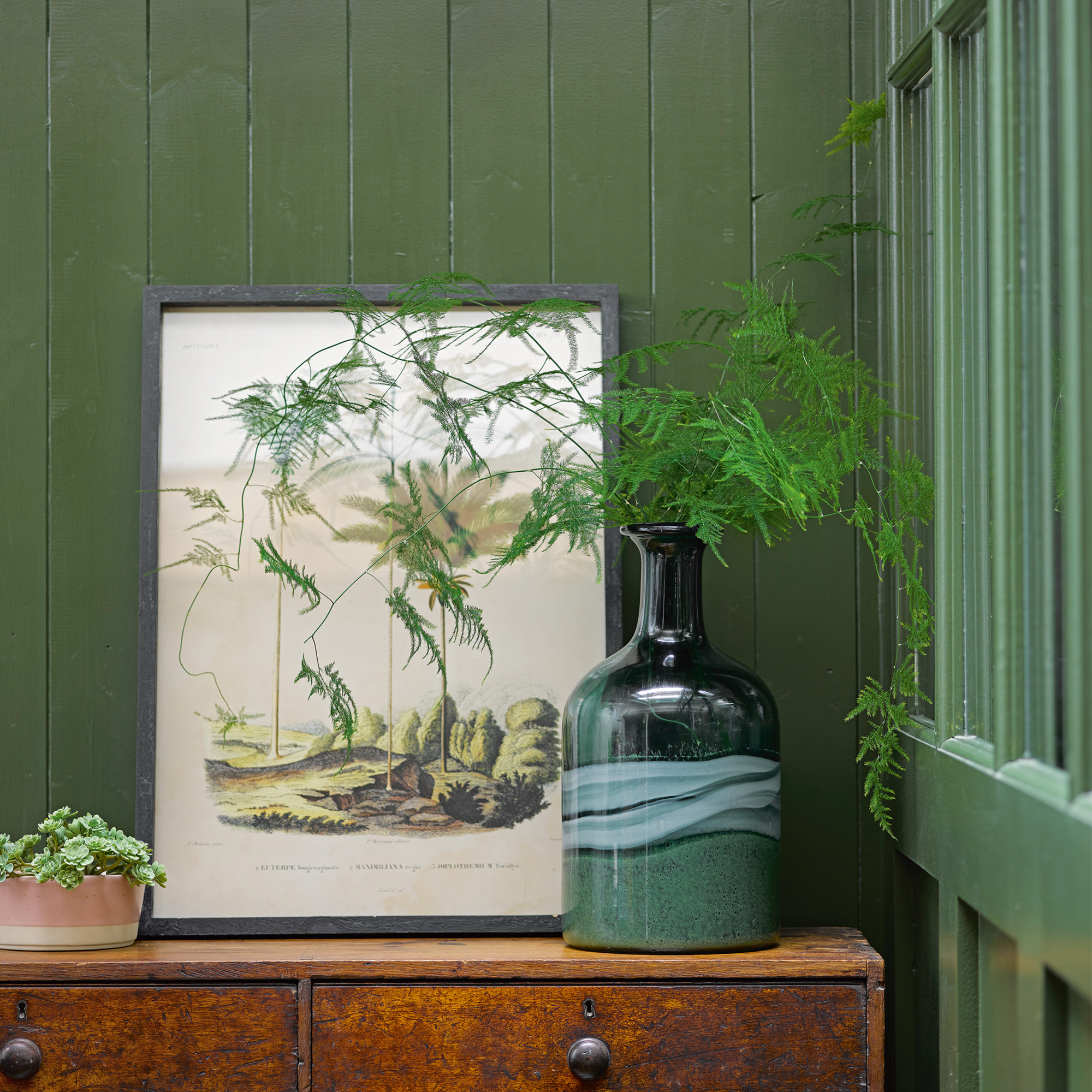
When incorporating nature into our bedrooms, the most obvious place to start is with bedroom colour ideas.
'To achieve a biophilic bedroom, you want to decorate with colours that remind us of being outdoors – think greens, blues and natural neutrals,' shares Marianne Shillingford, creative director and colour expert at paint brand Dulux.
Imagine 'the deep green of a forest, or rich earthy browns and sea blues,' agree interior stylists Laurie and Réli. The key is to incorporate colours from the natural environments we find the most soothing, green bedroom ideas can evoke the feeling of being in a forest or around trees, and blue or navy bedroom ideas can remind us of relaxing lakes, rivers, or the ocean.
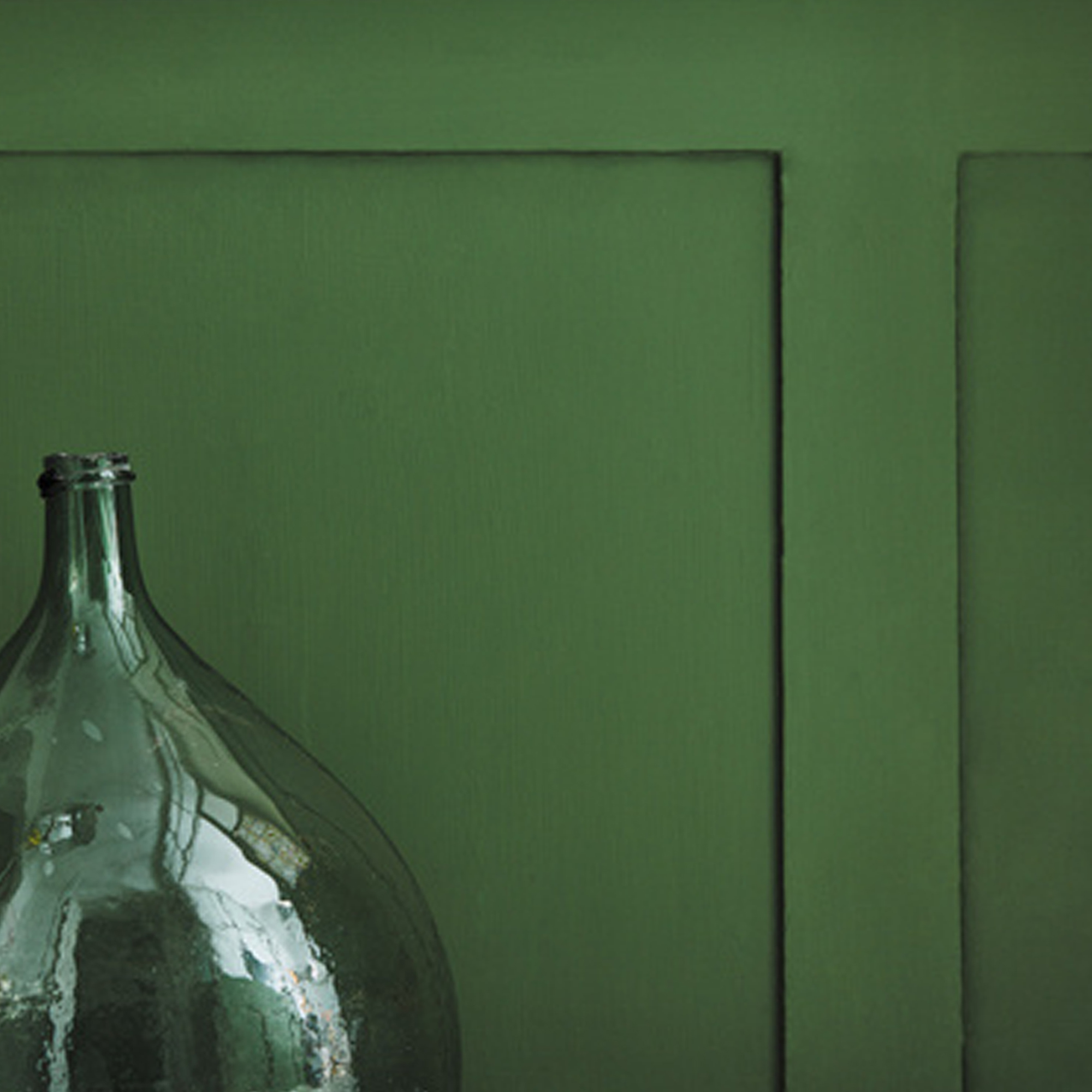
A rich pigmented green paint, Little Greene's 'Hopper' takes inspiration from the colour of leaves in summer.
2. Think about tonal layering
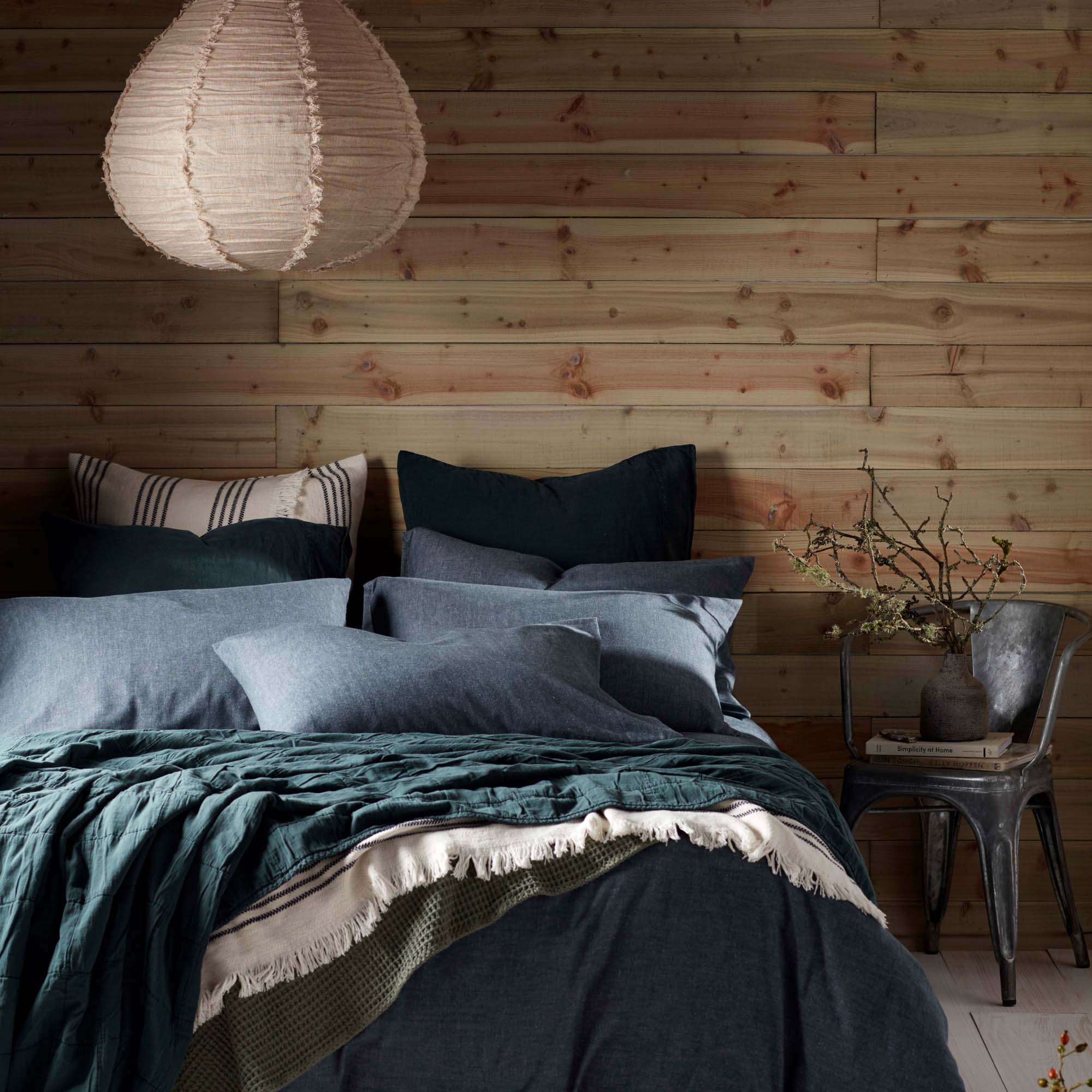
If we imagine being in a forest or looking out to sea, we soon realise there isn't just one shade of green or blue. Instead, nature has many subtle variations of colour. These tonal variations mean our gaze relaxes rather than focusing.
'Tonal colour is about the eye very gently moving across different subtle variations of colours without necessarily being drawn to one thing,' explains biophilic expert Oliver Heath. 'This is more likely to help us relax than strong contrasting pops of colour, which are energising instead.'
We can add tonal colour to our bedroom by layering different shades of the same colour bedding, or using different tones of the same colour on walls, bedroom curtain ideas, rugs, and furniture.
3. Incorporate botanical patterns
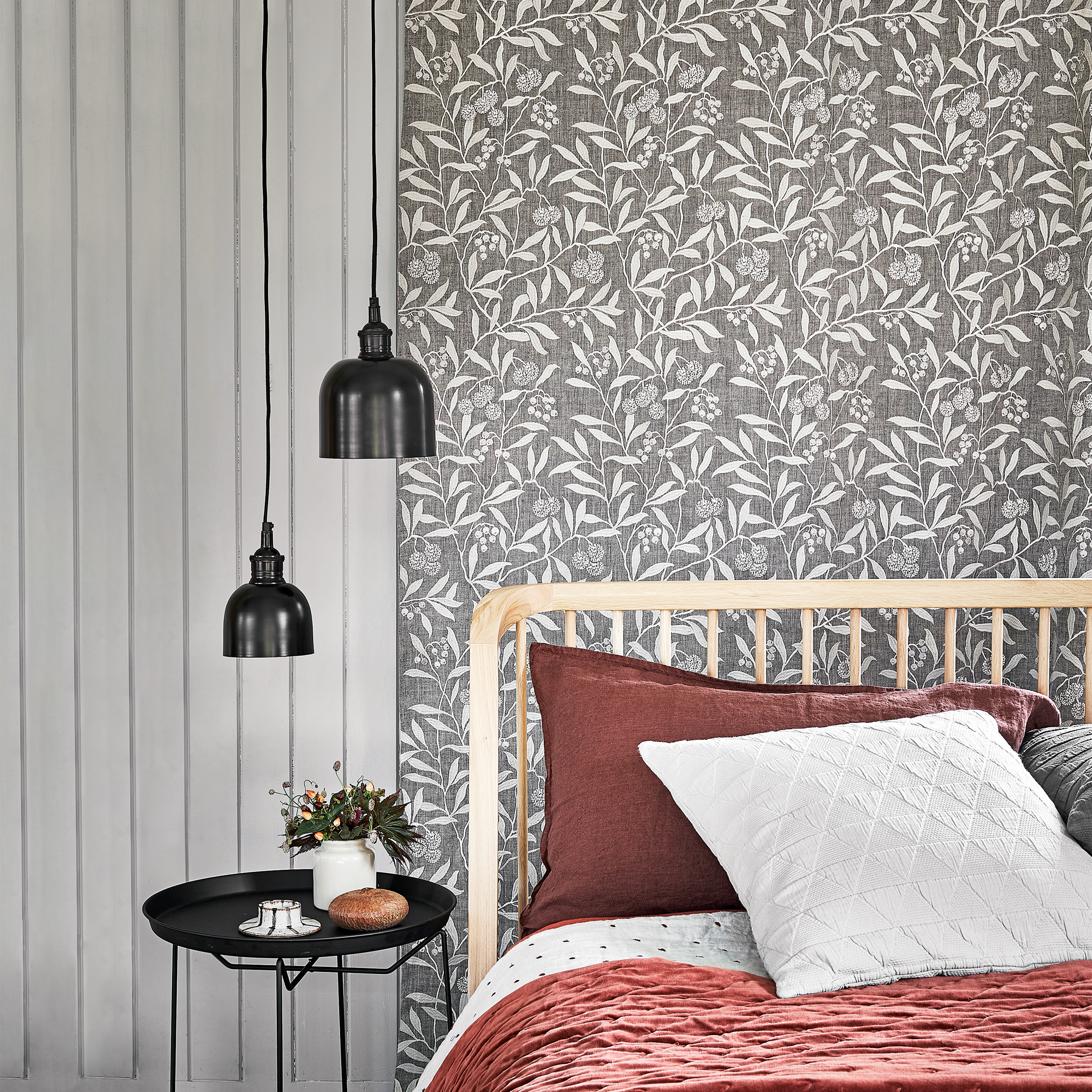
Using patterns inspired by nature in our bedroom can also help us to relax and unwind.
'Fractal patterns are shapes we find in nature that are endlessly repeating,' says Oliver Heath. 'If you think about the leaves on a tree they’re all very similar with slight differences. There’s research that shows these types of patterns can reduce stress by up to sixty percent.'
'Think about using gentle, familiar natural repeating patterns in the bedroom,' Oliver continues. This could be a bedroom wallpaper idea that uses natural organic patterns, a botanical wall print, or printed bed linen.
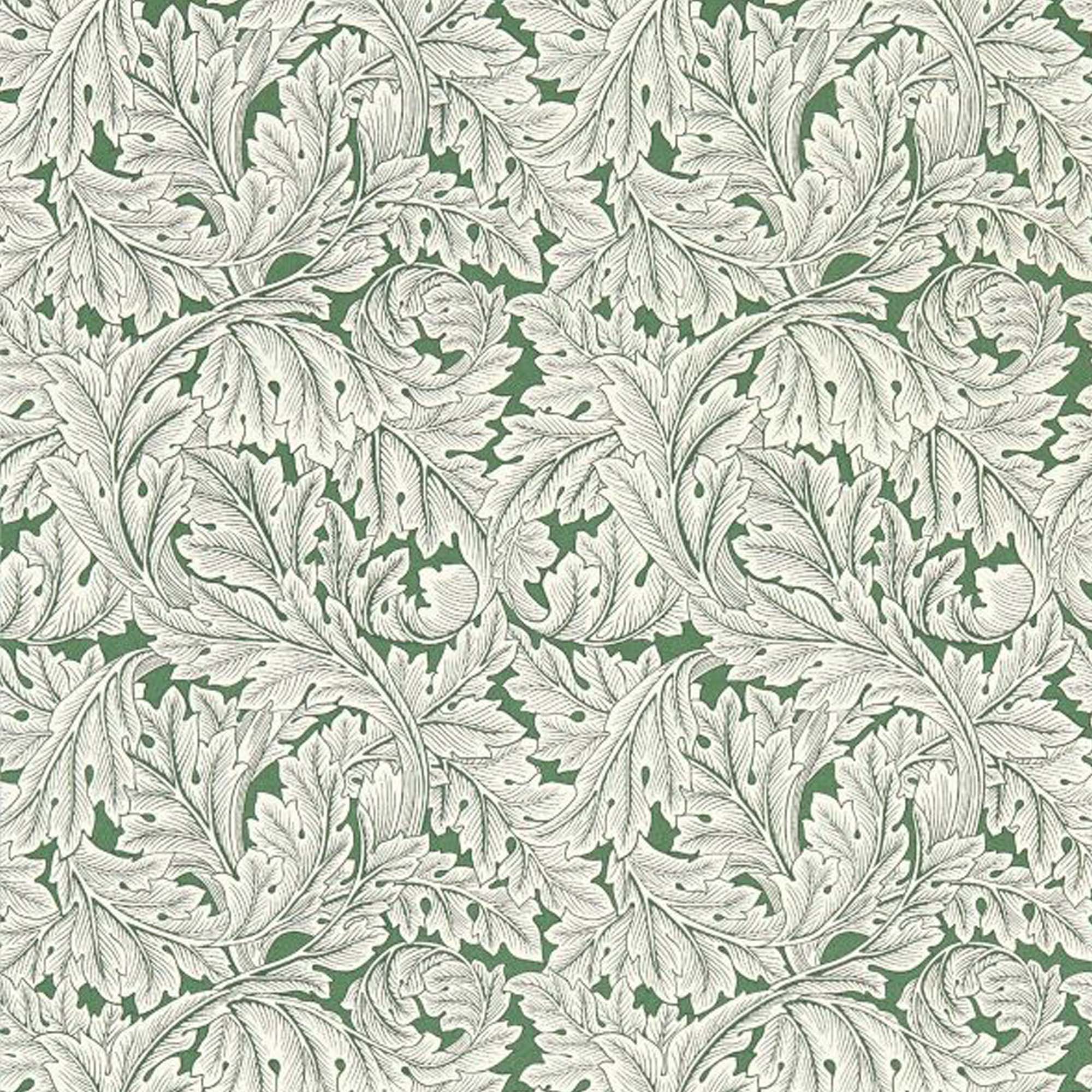
Featuring swirling foliage, the William Morris 'Acanthus' print wallpaper is a good example of a biophilic 'fractal pattern'.
4. Add woodgrain to your bedroom
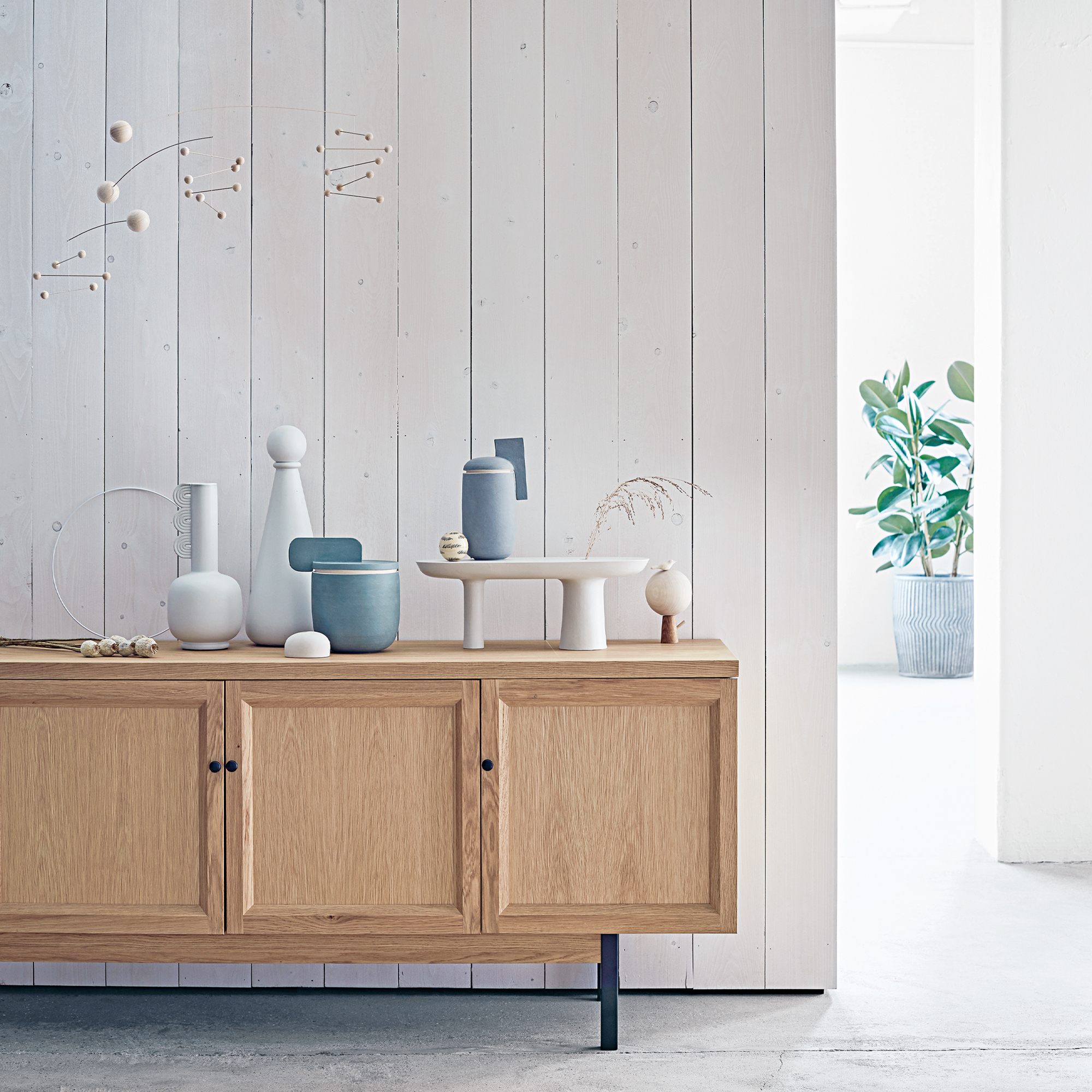
Adding more solid wood to our bedrooms – either via a timber bed and bedroom furniture, wooden floorboards, timber paneling, or even wooden bedroom storage ideas – can help to improve our well-being and subconsciously encourage us to relax.
'There’s research from many ‘forest nations’, such as Scandinavia and Japan, that shows the benefits of bringing timber into the home,' says Oliver Heath. 'Timber has been found to reduce blood pressure and lower stress levels.'
Opt for solid wood rather than laminate, and choose timber with a visible, tactile woodgrain. 'Rather than polished pieces, look for those where you can see the grain... to reflect the same surfaces you'd find outdoors,' advise interior experts Laurie Davidson and Réli Farjon.
5. Opt for organic shapes
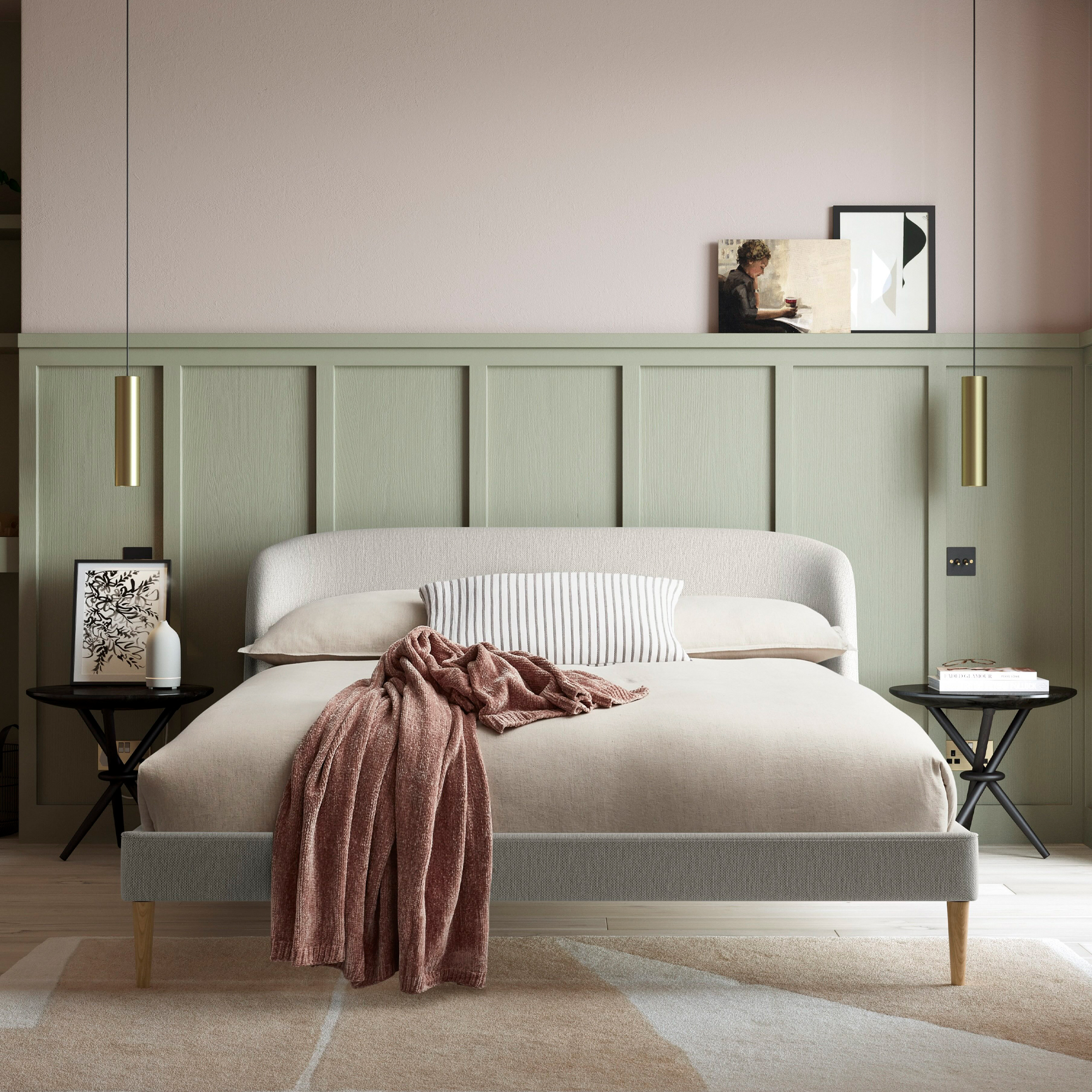
You may not have heard of biomorphism, but if you've been shopping for furniture recently you'll have come across it without realising, as it's one of the year's biggest living room trends.
'Biomorphism means mimicking the rounded natural shapes we find in nature,' explains Oliver. 'So instead of having hard geometric shapes, opt for rounded gentle shapes, including for furniture.'
'Organic shapes, particularly curves are easier for the human eye to absorb as they would be more likely to be found in nature,' agree Laurie and Réli. 'Rounded edges create a soft and cocooning feeling.' Perfect for creating a bedroom that feels like a safe place to retreat to.
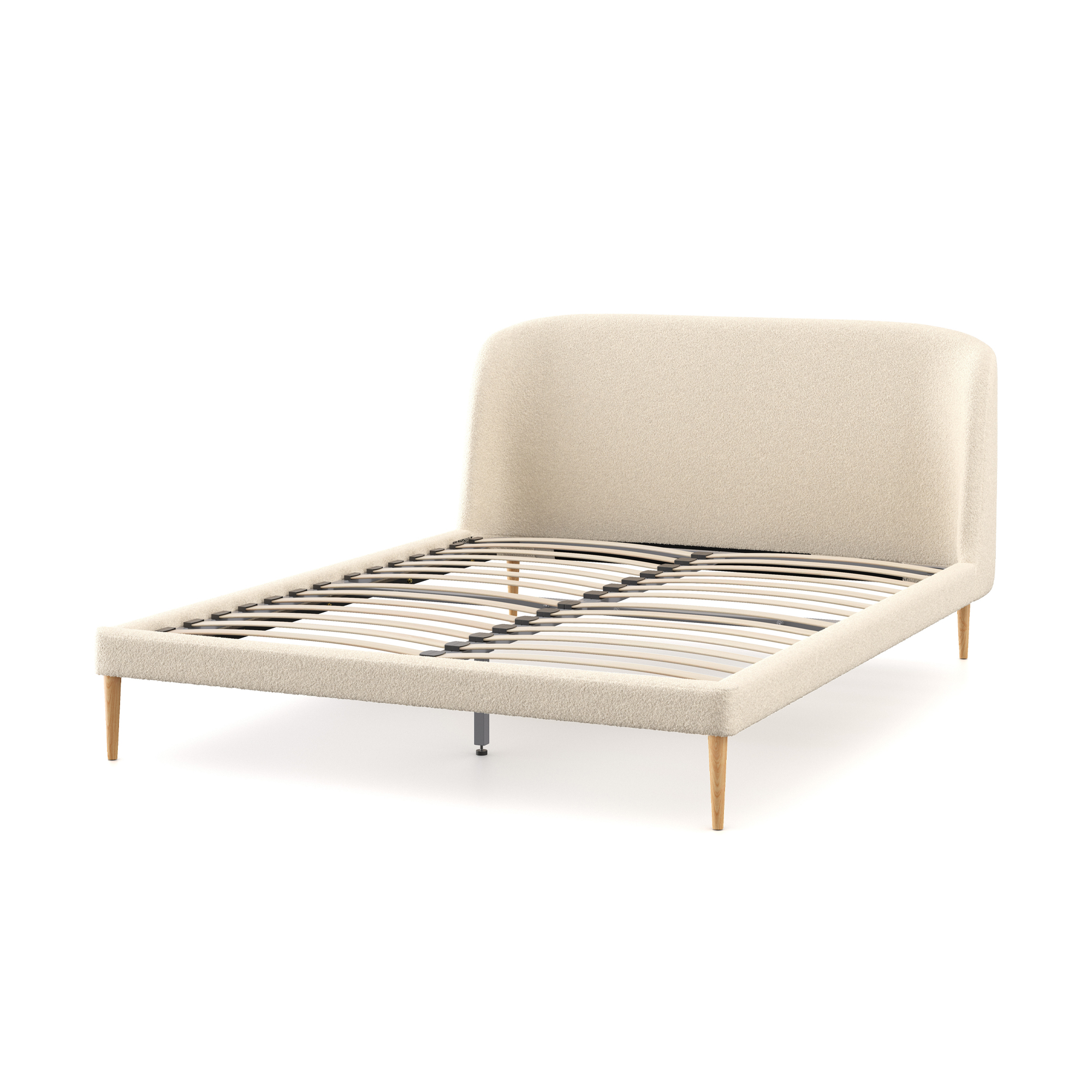
If you don't opt for a solid timber bed, then a choosing a bed frame with a curved headboard will create a cocooning feel in the bedroom.
6. Incorporate natural textures and sensory contrasts
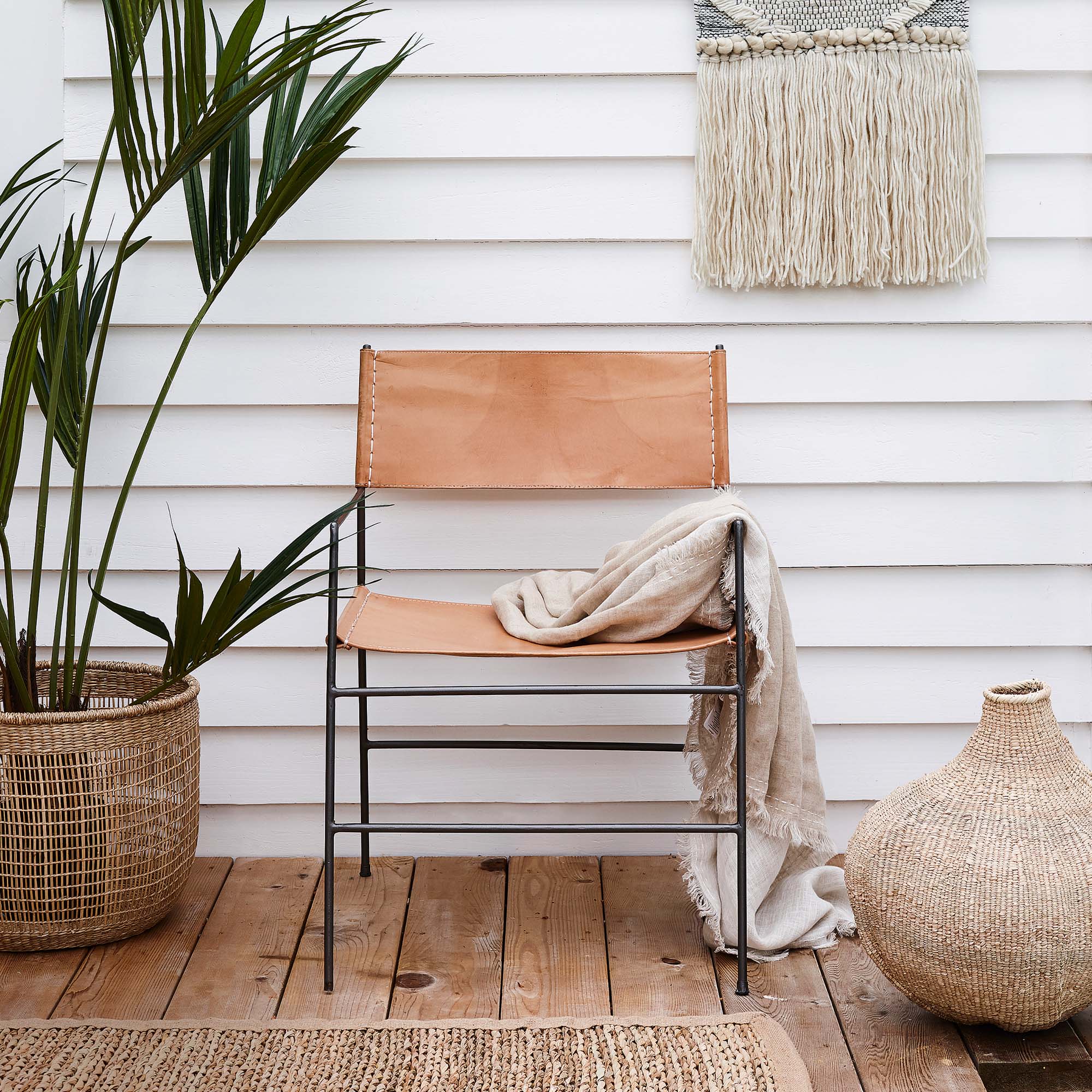
Bringing nature into our bedrooms isn't all about how things look. It's also about how things feel. This reflects the 'aliveness' present in nature, from the wind on our skin to the feel of rock, leaves, moss, and grass.
'Think about the complete sensory experience of the bedroom, not just how it looks, but also your sense of touch,' shares Oliver.
Using natural fibres and textures, such as linen bedding, wool blankets, and jute rugs is important, but so is the idea of 'sensory contrasts'.
'Incorporating sensory contrasts can keep you more in the moment and help you to be more mindful and ‘present’ to your current experience,' reveals Oliver. 'You might step from a wooden floor onto a rug and then into your bed; contrasting textures can help you to become aware of your environment, and bring you into the present moment.'
7. Bring plants into your space
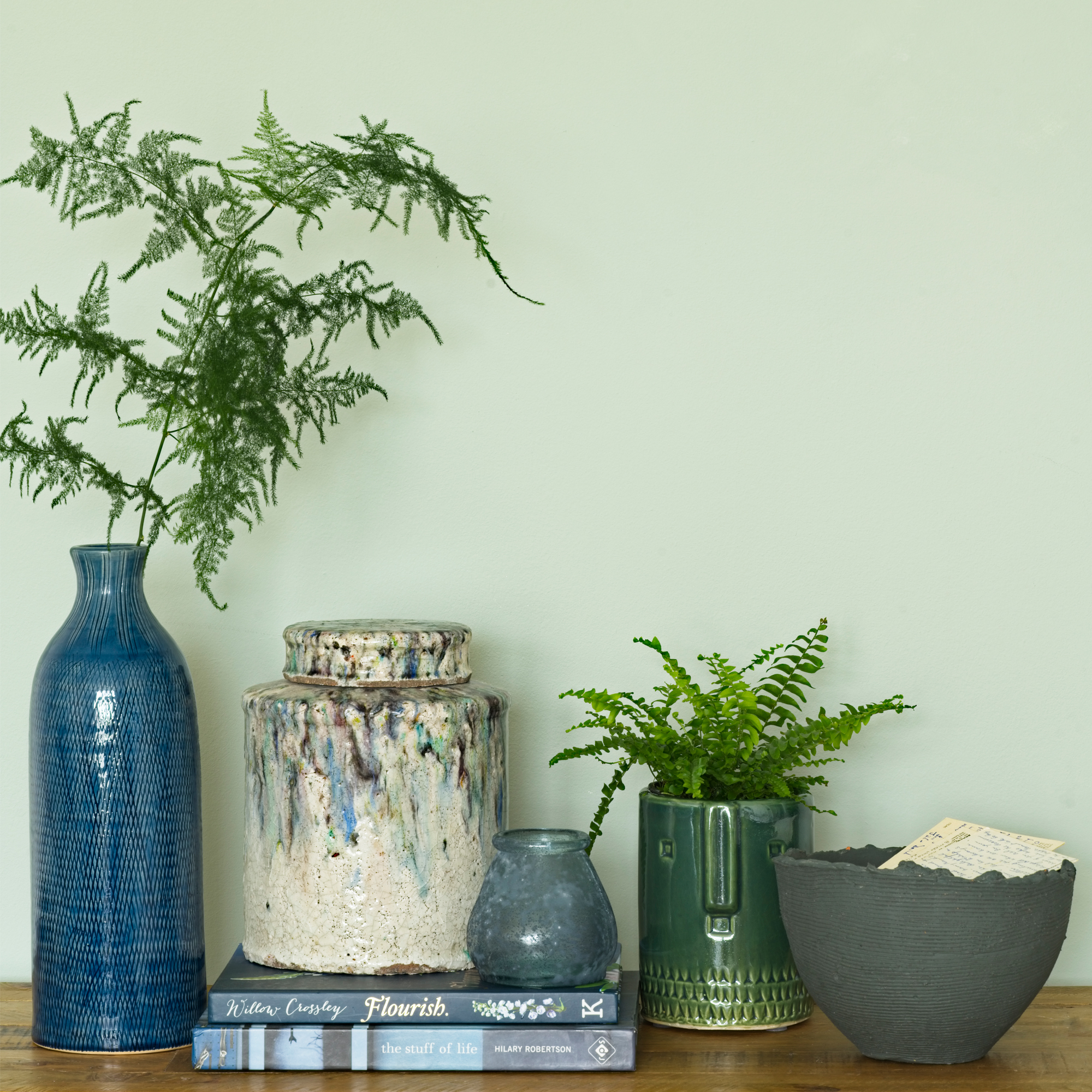
Last, but certainly not least, no biophilic bedroom design would be complete without plants, the ultimate way of bringing nature into our home environment. 'Plants are an easy way to add visual texture and improve the sensory and physical wellbeing of your bedroom,' says Oliver.
'We all know that plants can improve air quality by releasing oxygen, but they are also said to release negative ions that trigger the release of serotonin, ultimately releasing stress and anxiety,' share Laurie and Réli.
And if you need some bedroom plant ideas? 'Peace lilies and snake plants are brilliant options,' says Oliver. 'They release oxygen at night to help you sleep and remove carbon dioxide and toxins such as VOCs and fire retardants from your sleeping environment.'
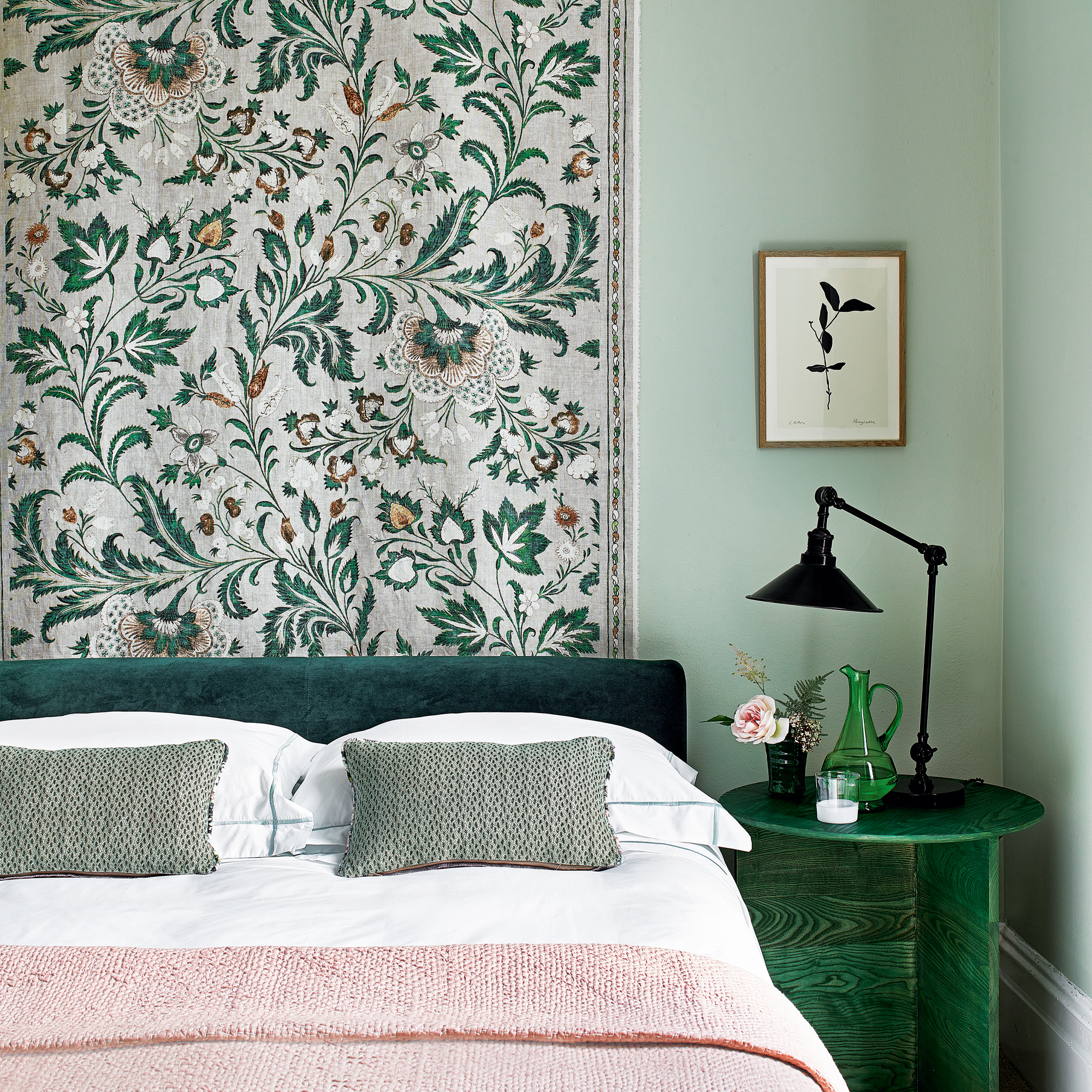
As you can see, the joy of biophilic design is that it doesn't matter if you're looking for small bedroom ideas or master bedroom ideas on a grand scale; the design principles remain the same, and they're easy to apply.
'Biophilic design is all about bringing the beauty and benefits of nature into our homes,' creative director and colour expert Marianne Shillingford reminds us. 'It’s more than just adding a few plants – it’s about creating a deep connection to the natural world through colour, texture, light, and materials.'
'In the bedroom, where we go to rest and recharge, biophilic design can have a transformative effect.'
So, is biophilic design a decorating idea you're going to try incorporating into your sleeping space? And if you do, do you find it helps you to unwind quicker, and ultimately, sleep better?

Amy is Ideal Home’s Sleep Editor and the Ideal Home Certified Expert on Sleep. She's spent the last four years researching and writing about what makes for the best night’s sleep during the day and testing out sleep products to find the best-in-class by night. So far she’s clocked up over 10,000 hours of pillow, duvet, and mattress testing experience.
Our go-to for all things sleep-related, she’s slept on and under bestselling products from Simba, Emma, Hypnos, Tempur, Silentnight, Panda, and many many more.
As a hot sleeper, Amy is always on the lookout for the most breathable bedding, but she also leads a wider team of testers to ensure our product testing encompasses both hot sleepers, cold sleepers, front sleepers, back sleepers, side sleepers, and everything in-between.
You must confirm your public display name before commenting
Please logout and then login again, you will then be prompted to enter your display name.
-
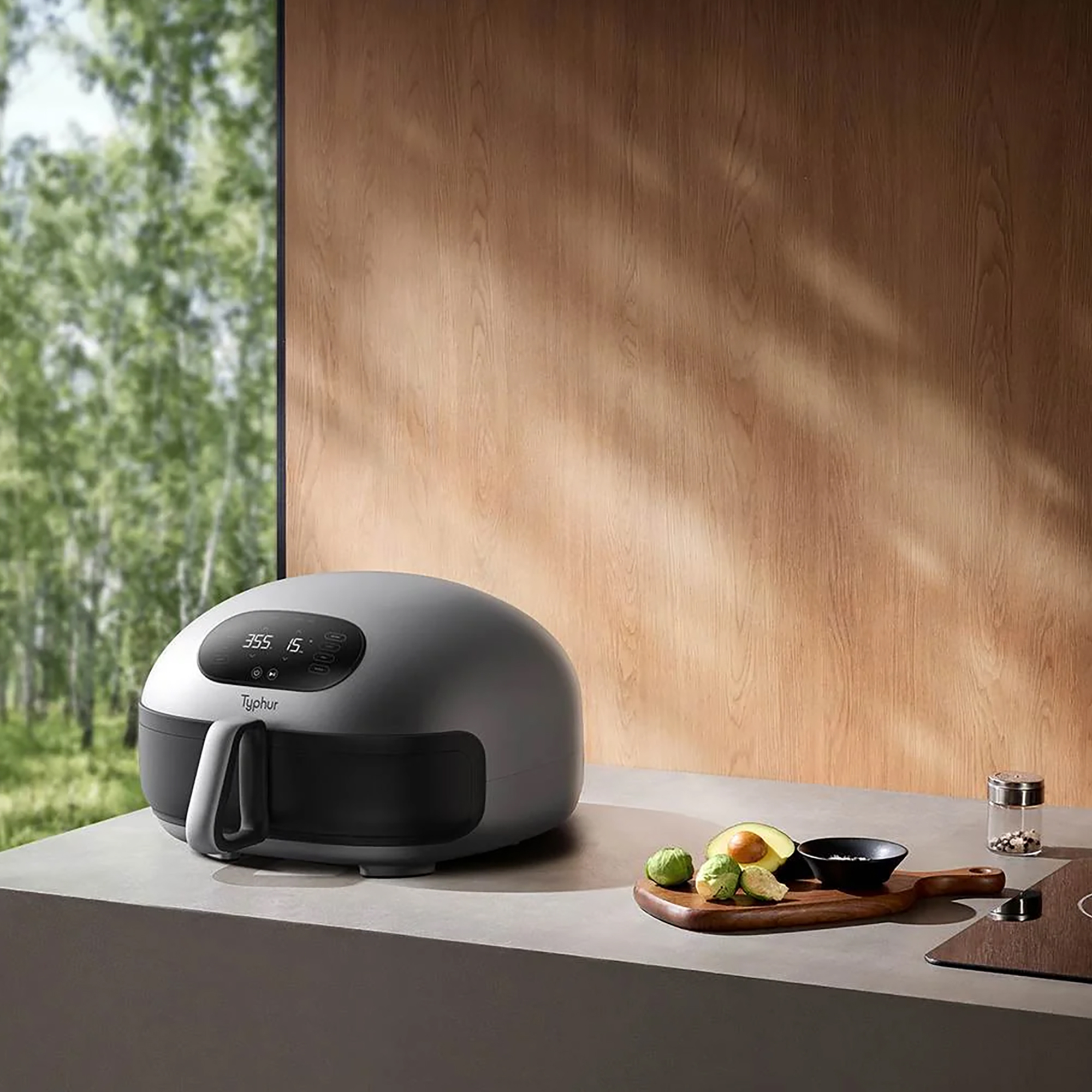 Typhur Dome 2 air fryer review – a glimpse into the future of air frying
Typhur Dome 2 air fryer review – a glimpse into the future of air fryingThe Typhur Dome 2 cooks food brilliantly and has all sorts of benefits, but is it worth the £499 price tag?
By Ellen Manning
-
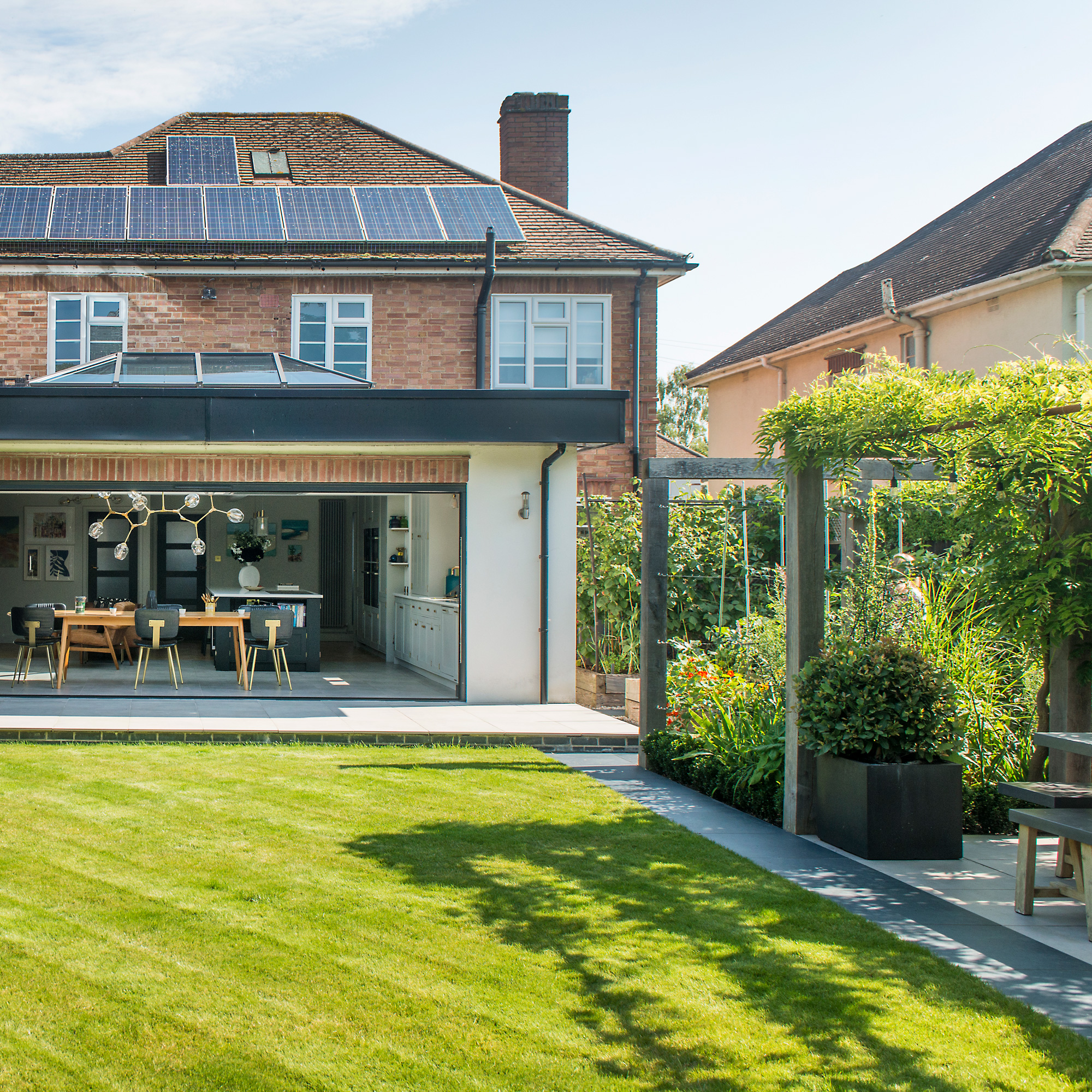 In creating their lush multi-use garden, the owners have cleverly futureproofed the space for years to come
In creating their lush multi-use garden, the owners have cleverly futureproofed the space for years to comeWith a zone for dining, a veg plot, a relaxing sun trap, and space for quiet contemplation
By Ginevra Benedetti
-
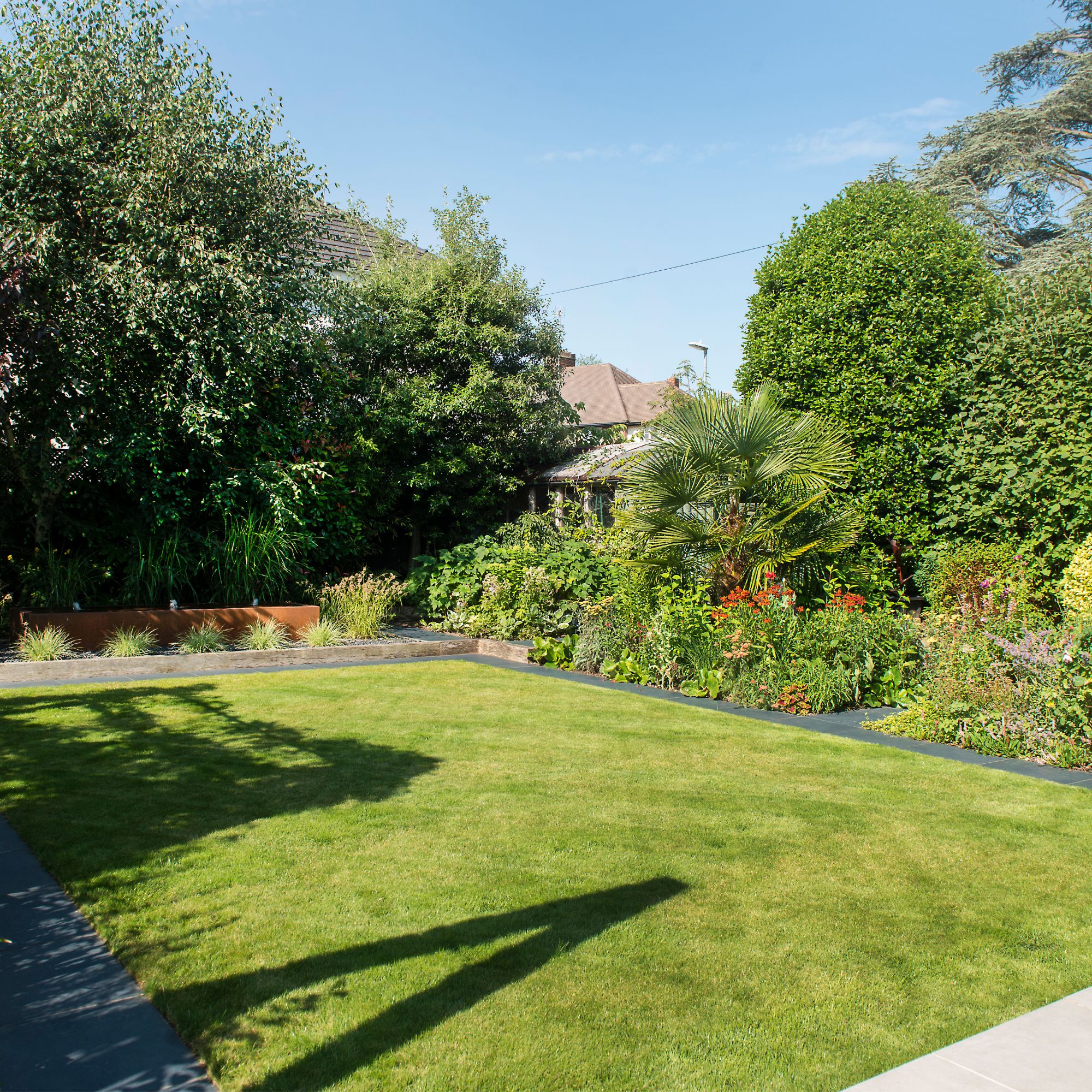 5 reasons why your grass seed isn’t growing and what you can do to help, according to garden experts
5 reasons why your grass seed isn’t growing and what you can do to help, according to garden expertsFor a lush, green lawn, you have to ensure the conditions are just right
By Kezia Reynolds
